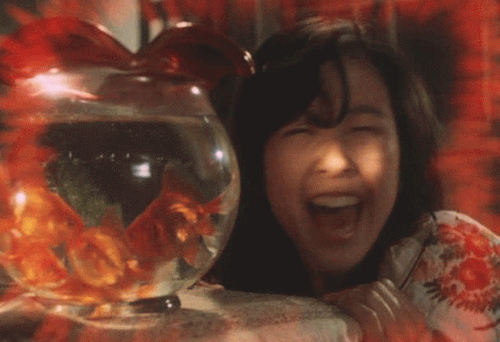
Screenshot from Ian Andrew's 2002 net.art piece: Ether-1.
I know Millennium People has been quiet recently. But the summer is coming, and a bold prospect of speculation awaits us. In the meantime, a finally-finished draft:
'The New Now' is the term used in this blog's tagline. It's really just another way of saying 'spirit of the times' or 'zeitgeist' – which were not used for these reasons: the former puts one in mind of la belle epoque, and the latter smells a bit too much like Nazis and 9/11 conspiracies. The core business of this blog is the attempt to describe, if only in a lateral or fragmentary sense, the conditions that make life in the second decade of the third millennium the swell trip that it is. It pursues several fields: global and local economic trends; our changing relationship to technology (in particular the Internet); the city (as a psychogeographical, historical and political arena) – all primarily through the lens of architecture and the built environment. Except of course where that lens fails to describe anything of relevance, which is more frequently than you might think.
"Net art is seen as an archaeology of the future, drawing on the past (especially of modernism) and producing a complex interaction of unrealized past potential and Utopian futures...""Hype around Net-based art began in the early 1990s, before the Internet had become a commodity. It developed in skeptical parallel to the rise and decline of the new economy. In 1997, documenta X featured Net art. Around the same time, major museums in the US started online art commissions or virtual showcases. The first (and last) retrospective exhibition, “netconditon,” was held in 1999. Several books published in the first years of the new millennium give overviews of the practice and theory of this art. But since then, this particular chapter of art history appears to have closed. The final indication that Net-based art was not to become another genre in the contemporary art canon was perhaps the discontinuance of the “Net vision” category in the Prix Ars Electronica 2007."Julian Stallabrass
So begins Net Pioneers 1.0, a book about contextualising early Internet art. I'm fascinated by Net Art – which is produced specifically for the medium of the Web – such that remains, like Blue Hyacinth or Seattle Drift. And while this book dates the death of Net Art to 1999, I think it is clear that art that can only be experienced through the Internet is flourishing. We are using information today in such remarkable ways, here are just three of my favourite examples of what I would call Post-Net Art (Po-NeAr?):
1. Solar Beat: an ambient music artwork that composes a score by assigning each planet a note and then having that note sound when the planet passes a datum. Art thanks to flash (oh what will happen when Flash finally dies?)

2.Moonbell: developed by the Japanese space agency JAXA this is a violent piano piece generated by the scans returned from Selene (one of Japan's orbiters that recently crashed into the moon). You are hearing a translation of the moon's surface into music.

3.Three Frames: surely the Internet's greatest .gif (sic) is the addition of time to mediums that were otherwise atemporal. Three Frames is not the only, but one of the best, examples of a blog dedicated to expressing minute slices of time in otherwise still images.


No comments:
Post a Comment